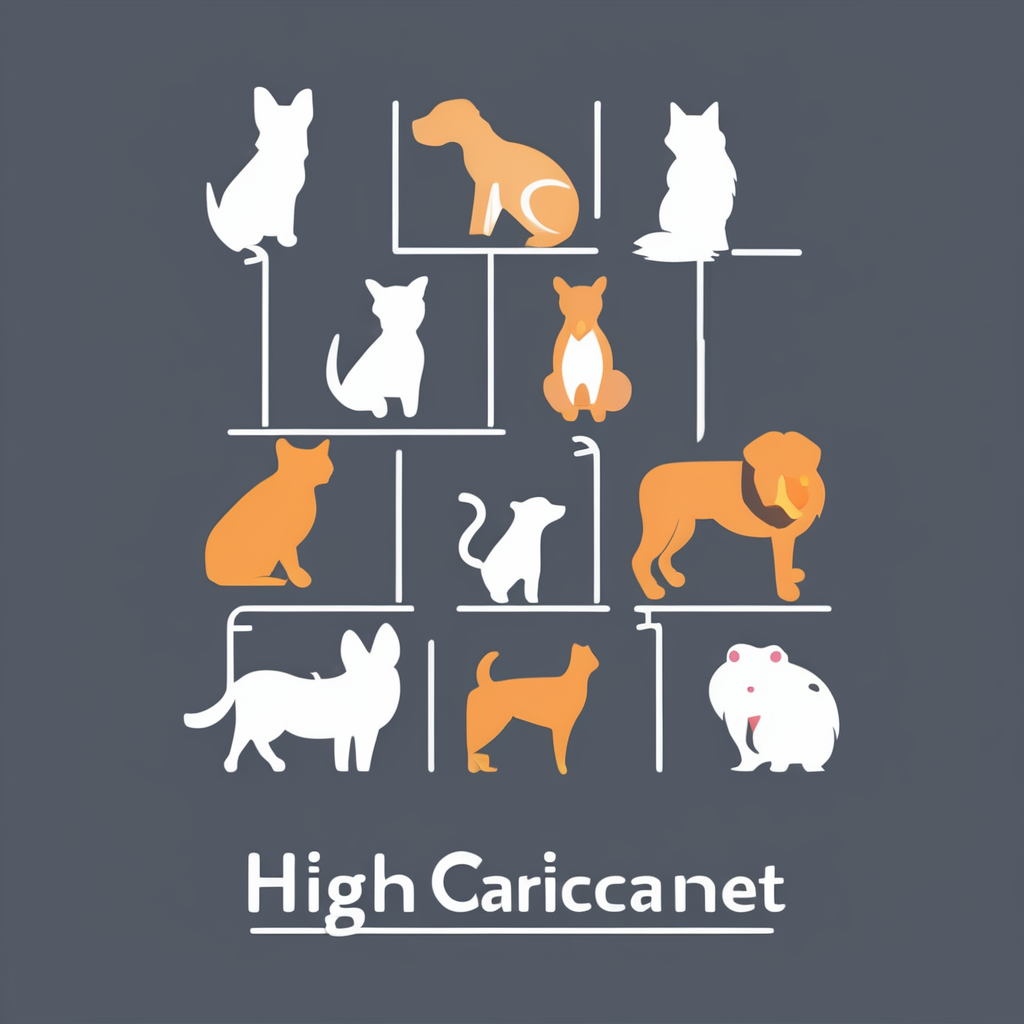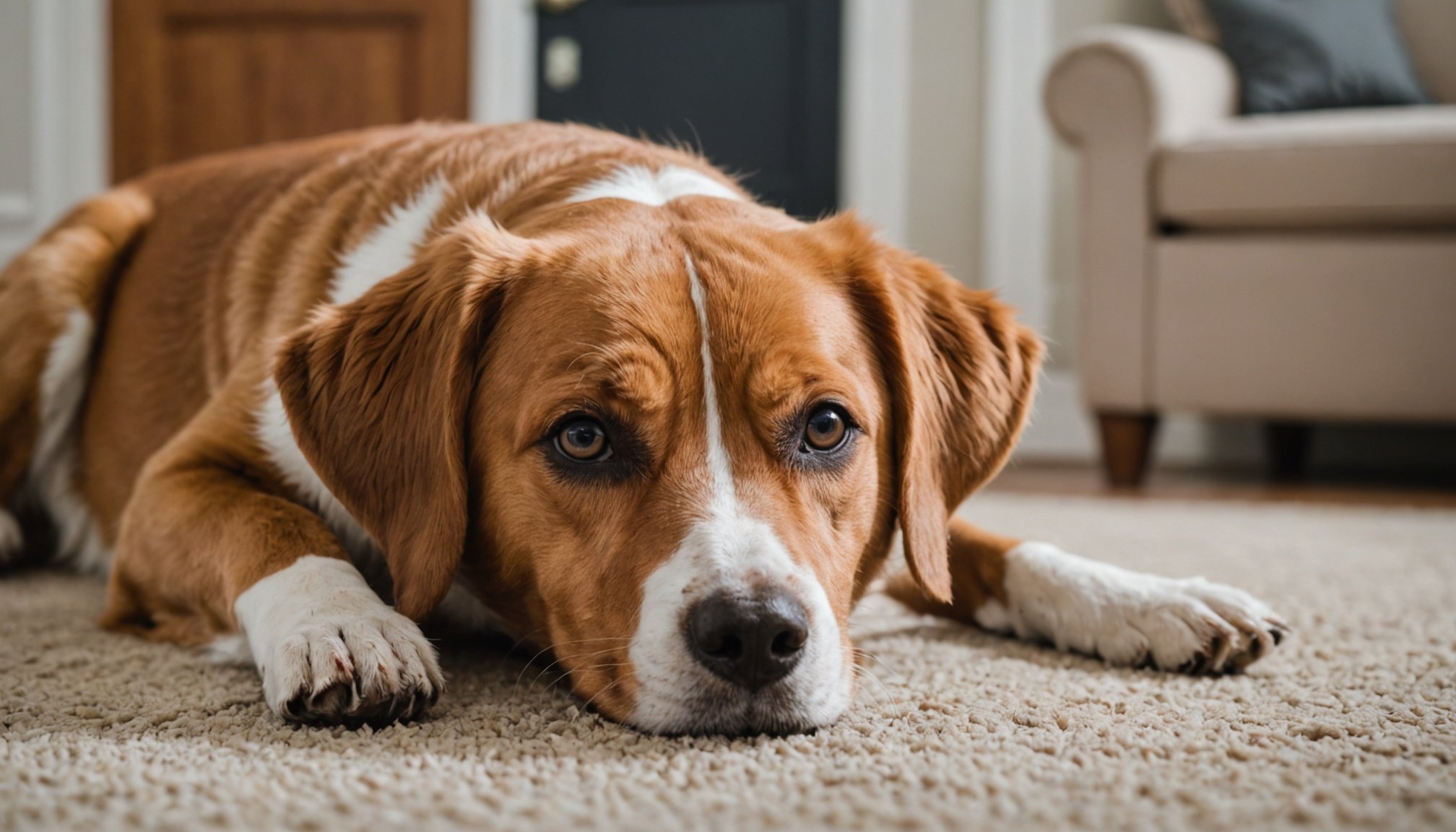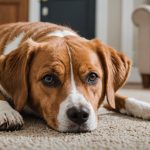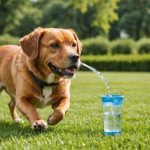As a responsible pet owner, ensuring the safety of your beloved dog within the confines of your home is paramount. While our homes are sanctuaries of comfort, they can also harbor unseen dangers that could jeopardize the well-being of our furry companions. Understanding these potential hazards and taking proactive steps to mitigate them is crucial in creating a safe and nurturing environment for your pet. In this article, we will delve into common household hazards, offering insights and practical tips on how to prevent accidents and maintain a safe home for your dog.
Hidden Dangers in Everyday Household Items
Navigating the labyrinth of daily life, we often overlook the mundane items around the house that could pose a threat to our pets. Dogs, driven by a curious nature, tend to explore the world with their mouths, making them susceptible to ingesting or interacting with potentially harmful substances.
In the same genre : Early indicators of hip dysplasia in young labrador retrievers: what every owner should know
Cleaning Products: Under the kitchen sink lies a treasure trove of cleaning agents, each filled with chemicals that spell danger for dogs. From bleach to ammonia, these products are toxic when ingested. To prevent accidental exposure, store these items in cabinets out of your dog’s reach or consider using pet-safe alternatives.
Medications: Human medications, even in small doses, can be lethal to dogs. Common pain relievers like ibuprofen, while safe for humans, can cause severe harm to your dog. Ensure that all medications, both prescription and over-the-counter, are securely stored in a high cabinet.
Also to see : Proven techniques for managing food guarding behavior in your overprotective rottweiler
Electrical Cords: Dogs, especially puppies, see dangling cords as chew toys. This seemingly innocent activity can lead to electrocution or burns. Prevent such mishaps by securing cords with cord protectors or by rearranging furniture to hide them.
Food Hazards: While sharing a snack with your dog might seem harmless, certain foods we enjoy can be toxic to them. Chocolate, grapes, and onions, for example, can cause serious illness. Make it a habit to store food securely and educate household members about the dangers of feeding table scraps.
Summary: Everyday items, from cleaning agents to electrical cords, can pose significant risks to dogs. By recognizing these hidden dangers, you can take proactive steps to protect your pet from harm.
Toxic Plants and the Dangers They Pose
The allure of lush greenery and blooming flowers adds a touch of nature’s beauty to our living spaces. However, some of these seemingly innocuous plants can be life-threatening to dogs. It’s vital to be informed about which plants pose threats and how to mitigate these risks.
Common Toxic Plants: Many popular houseplants, such as lilies, azaleas, and philodendrons, are toxic to dogs. If ingested, they can cause symptoms ranging from mild irritation to severe poisoning. A comprehensive list of toxic plants and their effects can be found in pet safety guides or online resources.
Outdoor Hazards: Dogs love to roam freely in the garden, but certain outdoor plants such as oleanders and daffodils are toxic. Creating a pet-friendly garden by selecting non-toxic plants ensures your dog can roam safely.
Preventive Measures: To prevent incidents, familiarize yourselves with the plants in your home and garden. Replace toxic varieties with pet-friendly options and educate everyone in the household about which plants to avoid. If you suspect your dog has ingested a toxic plant, seek veterinary care immediately.
Summary: While plants enhance our environment, some can pose lethal dangers. By identifying and removing toxic varieties, you ensure your pet’s safety while enjoying a vibrant home.
The Importance of Water Safety
Water, an essential element for life, can often be overlooked as a potential hazard in homes with dogs. Ensuring water safety not only involves preventing accidents but also maintaining the quality of water your dog consumes.
Drowning Hazards: Pools, bathtubs, and buckets filled with water are common drowning hazards. Even if your dog is a strong swimmer, accidents can happen. To prevent such accidents, install safety measures like pool covers or gates and never leave your dog unsupervised around open water sources.
Water Quality: Clean and fresh drinking water is crucial for your dog’s health. Contaminated or stagnant water sources can lead to illnesses. Regularly clean water bowls and ensure they are always filled with fresh water. Consider using filtered water to avoid contaminants present in tap water.
Hydration Concerns: Dogs, like humans, need regular hydration. Monitor your dog’s water intake, especially during hot weather or after exercise. A hydrated dog is a healthy dog, and ensuring access to clean water is essential.
Summary: Water, while vital, can be a source of danger if not managed properly. By implementing water safety protocols, you safeguard your pet against potential water-related accidents.
Creating a Safe Environment: Proactive Measures
A safe home for your dog doesn’t happen by chance; it requires thoughtful planning and proactive measures. From puppy-proofing to maintaining a hazard-free environment, consider these strategies to ensure your dog’s safety.
Secure Boundaries: Dogs are known escape artists. Ensure fences are intact and gates are closed to prevent unauthorized adventures. Inside the home, use baby gates to restrict access to certain areas.
Pet-Friendly Spaces: Designate specific areas for your dog to ensure safety. A cozy corner with toys and a bed can provide comfort and security. Remove any items that could be harmful, such as sharp objects or small items that can be swallowed.
Education and Training: Educate yourselves and family members about potential hazards and safety protocols. Training your dog to respond to commands like “leave it” can prevent them from engaging with dangerous items.
Emergency Preparedness: Accidents can happen despite all precautions. Having a first aid kit and knowing the location of the nearest emergency vet is essential. Familiarize yourselves with symptoms of poisoning or distress to act swiftly in an emergency.
Summary: Proactive measures, from securing spaces to emergency preparedness, are key in creating a safe haven for your dog. An informed and vigilant approach ensures your home is a sanctuary of safety.
In our quest to provide a loving home for our dogs, it’s crucial to remain vigilant about potential hazards lurking in our homes. By understanding and addressing these risks, you can create a space where your furry companion can thrive in safety and comfort. Whether it’s securing household items, opting for non-toxic plants, ensuring water safety, or taking proactive measures, each step you take contributes to a safer environment. Remember, our pets rely on us to protect them from dangers they cannot foresee. Let’s commit to making our homes a haven where our dogs can live their best lives.











